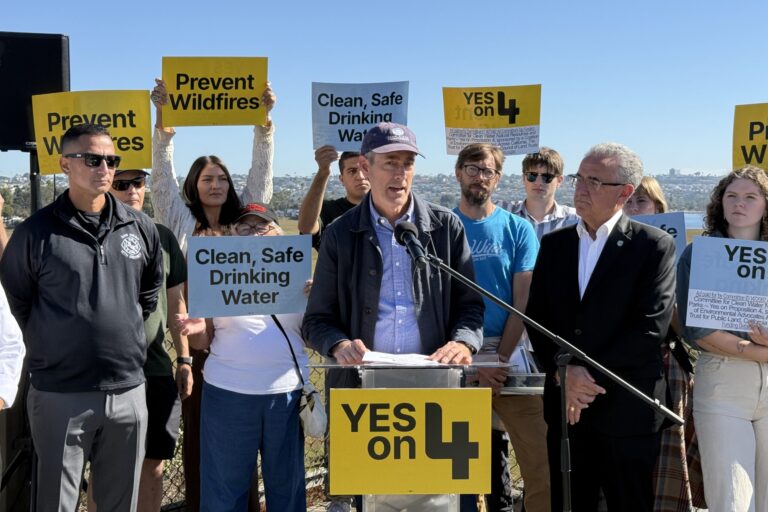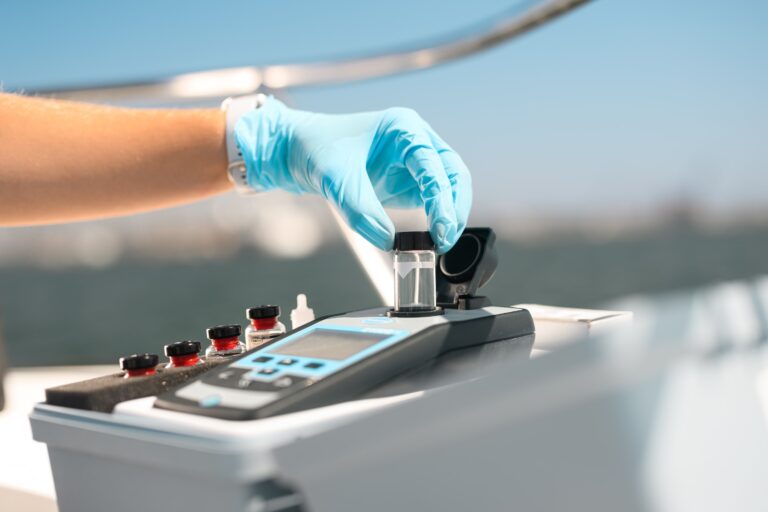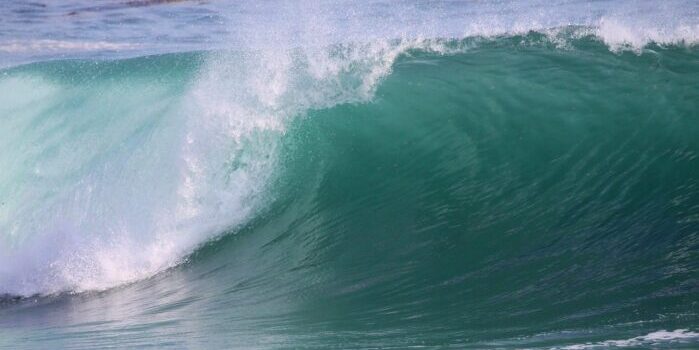If you have lived in San Diego for any length of time, you have probably noticed that it doesn’t rain very often here. Yet if you look around, you’ll find you’re surrounded by lawns and swimming pools. Where does the water come from to support all of this? The short answer – not here. San Diego County is a dry one, where a few isolated areas, the wettest in the county, get up to 45 inches of rain per year. The driest gets nine. San Diego city, where Coastkeeper is located, gets between nine and twelve inches per year. Compare that to Northern California, where the wettest areas get up to 125 inches annually and where 40 to 75 inches is not uncommon. See this map for a breakdown of the annual rainfall in San Diego County, and this one for the average annual rainfall in California.


San Diego’s limited amount of rainfall, in addition to other local sources, only accounts for about 20% of its water supply. (Local supply includes surface water, or lakes and streams; groundwater; recycled water, also known as ‘purple pipe’; and conservation.) The other 80% must be imported.
The Colorado River, source of half of San Diego County’s water, was first allocated in 1922 in the Colorado River Compact. The Compact divides the usable flow of the Colorado River – 7.5 million acre-feet (an acre flooded a foot deep) – between the Upper Basin (Colorado, New Mexico, Utah, and Wyoming), and the Lower Basin (Arizona, California, and Nevada). Each basin subsequently divided its portion among its member states, assigning each state a number of acre-feet for its entitlement. This is important, because that assigned number for each state stays the same no matter how much water is actually in the river. Problems have arisen since the original apportionment due to both simple squabbling over who should have the bigger slice of cake, and more problematically, because the cake isn’t actually as big as it was thought to be when it was apportioned. The 7.5 million acre-foot “total” that can be taken without harm to the river was measured during a wet year, and so when the states use their allocated amount of water, they use more than the river can spare.
The State Water Project has its own set of problems as a water source. The water ultimately comes from the Sacramento/San Joaquin River Delta. The Delta is currently overdrawn, menacing the seven endangered and threatened fish species that call it home. One in particular has served as the poster child for the recent Delta debates – the Delta smelt. It’s a small fish, easily held in the palm of the hand, and its susceptibility to pollution makes it a good water quality indicator. Concern for the species’ survival helped push through the Delta Plan, new legislation from November 2009 which puts conservation of the Delta on par with providing more reliable water supply to Southern California. This has the effect of reducing the water transferred to Southern California – good for the fish, but inconvenient for the humans.
The humans have always had a bit of a problem with water supply in Southern California. They have refused to recognize its limits, preferring instead to rely on massive water relocation projects to meet their needs. This is not a sustainable path – there are very few other places we can take water from. We need to start learning to conserve and live within our limits. Visit https://www.bewaterwise.com/ for some ways to conserve.
















